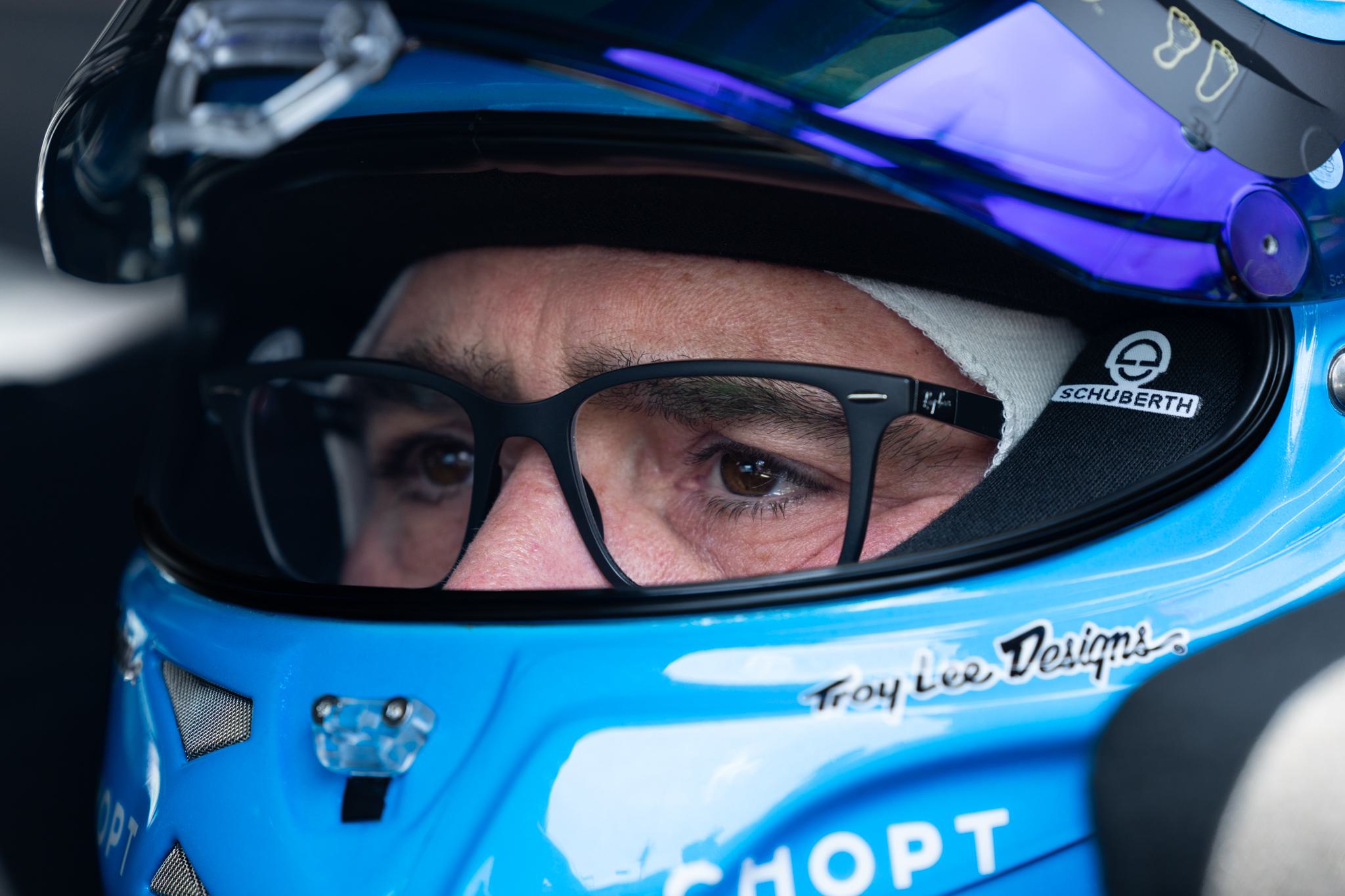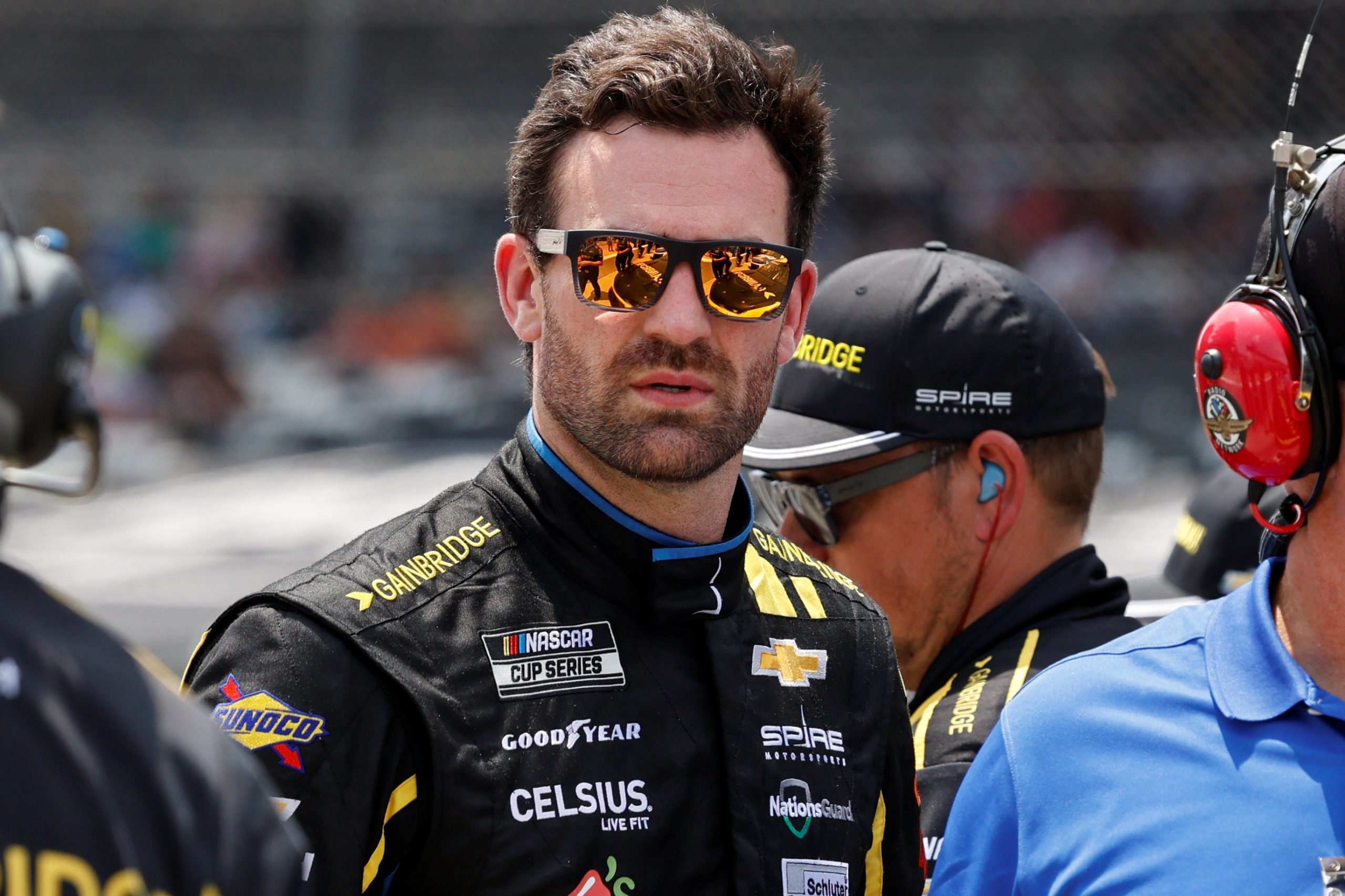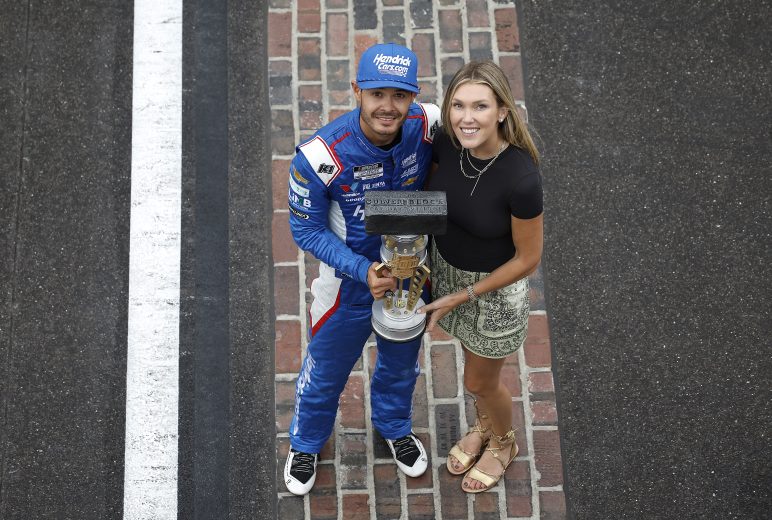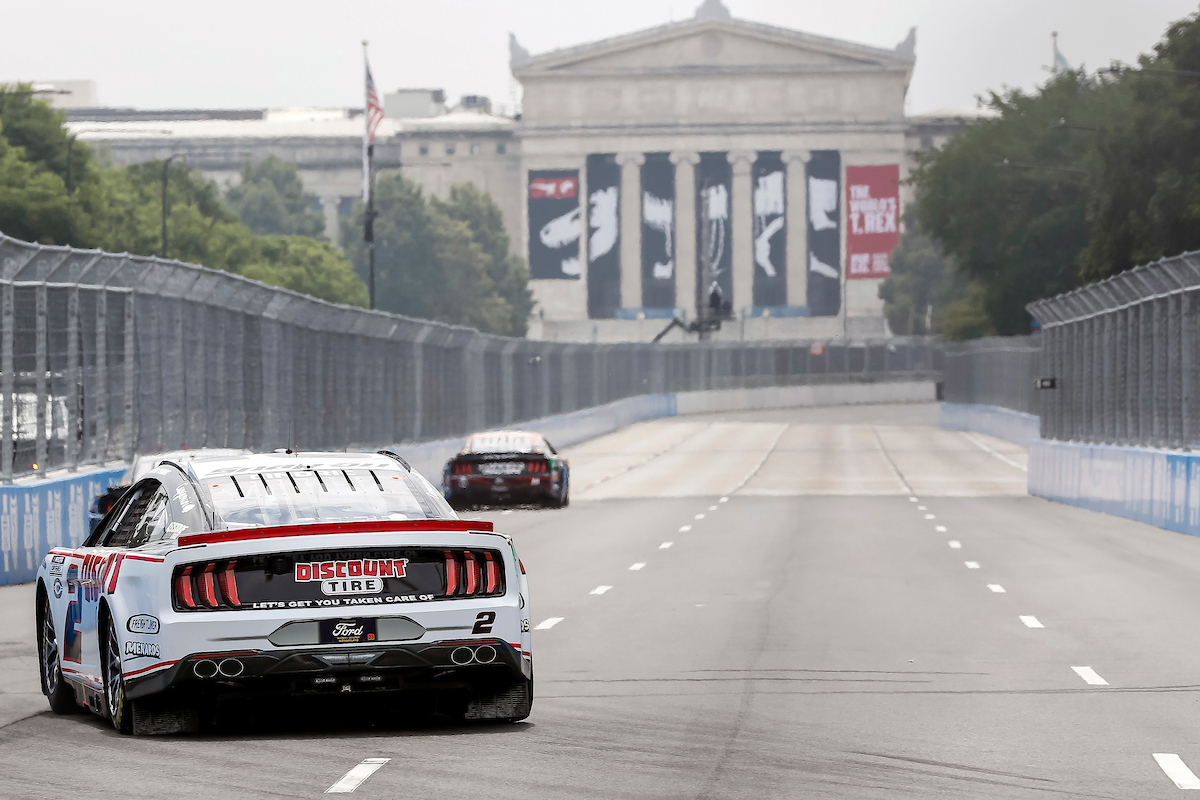Why Do Nascar Drivers Swerve?
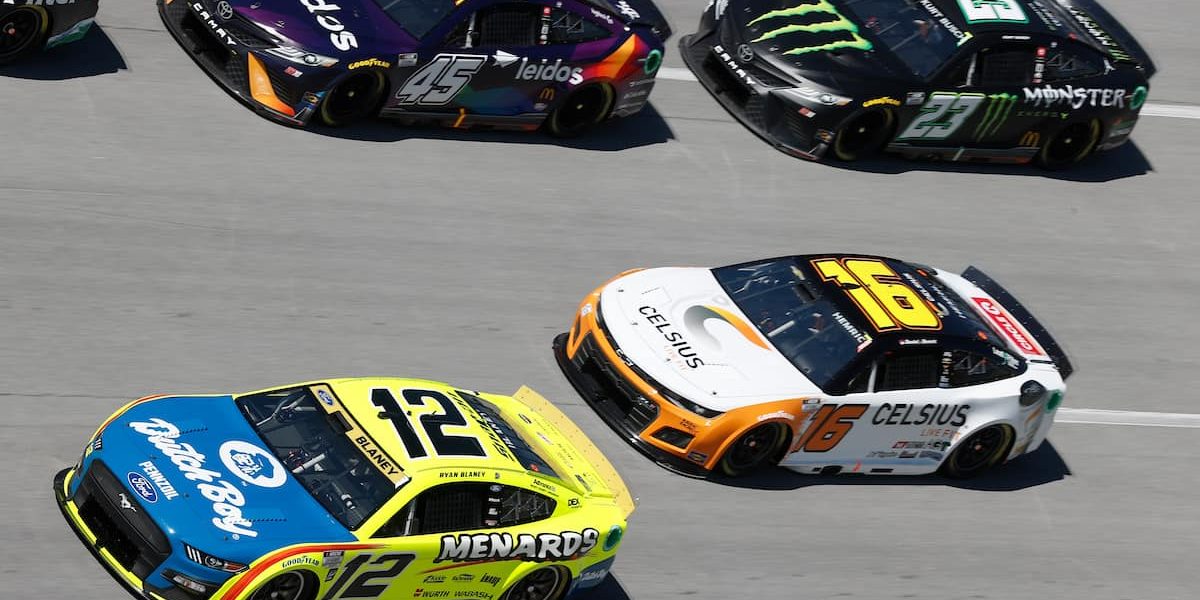
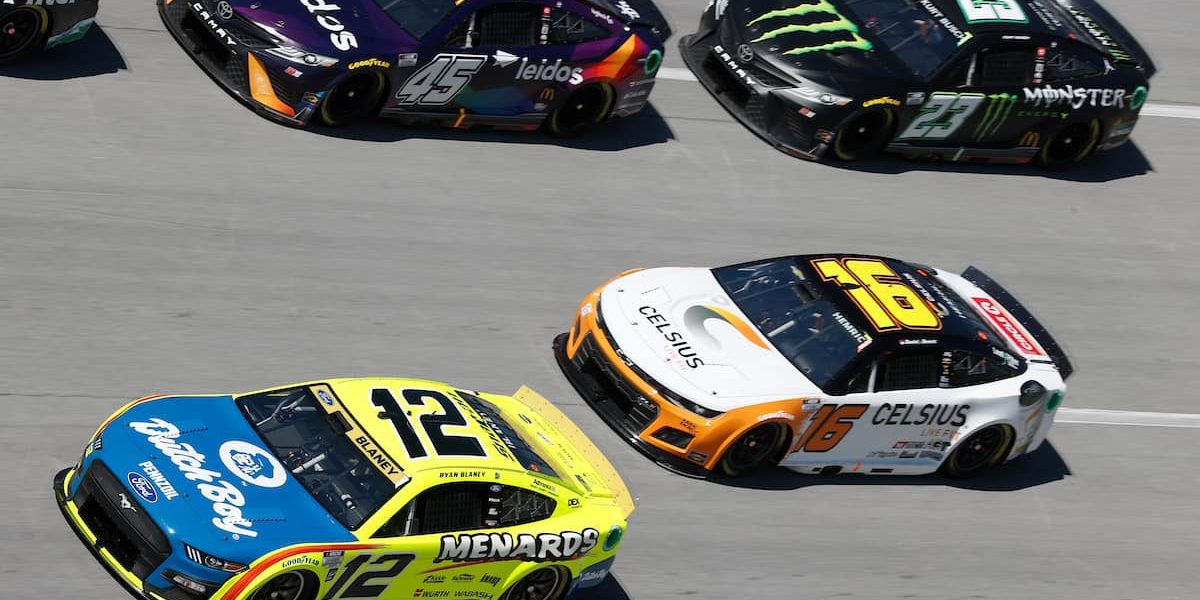
There are a number of reasons why NASCAR drivers may swerve while racing. Some common reasons include:
- Avoiding accidents or debris on the track: NASCAR races take place at high speeds on an oval track, and drivers must be constantly aware of their surroundings in order to avoid accidents or collisions. If a driver sees an accident or debris on the track ahead of them, they may swerve to avoid it in order to prevent a collision or damage to their car.
- Blocking other cars: NASCAR drivers may swerve to block other cars from passing them or to prevent other cars from drafting behind them. This can be a strategic move to protect their position on the track and to gain an advantage over their competitors. Drivers may also use blocking as a defensive tactic to prevent other cars from passing them or to force them to take a different line.
- Adjusting their line: NASCAR drivers may swerve to adjust their line on the track in order to take a better line through the turns or to set themselves up for a pass. The best line through a turn will depend on the specific characteristics of the track and the conditions at the time, and drivers will often adjust their line in order to maximize their speed and performance.
- Adjusting for changing conditions: NASCAR races take place over the course of several hours, and the conditions on the track can change significantly over that time. Drivers may swerve to adjust for changes in grip or changes in the wind in order to maintain control of their car and stay on the track.
Overall, swerving is a common occurrence in NASCAR racing and is used by drivers to navigate the challenges of racing at high speeds on an oval track. Drivers must be constantly aware of their surroundings and be prepared to make quick adjustments in order to succeed in NASCAR racing.
Table of Contents
Why does NASCAR go counter clockwise?
NASCAR races are held on oval tracks that are designed to be driven in a counterclockwise direction. This means that the drivers start the race at the bottom of the track, turn left onto the frontstretch, turn left onto the backstretch, and then turn left again onto the frontstretch to complete the lap.
The reason that NASCAR races are held on tracks that are driven in a counterclockwise direction is due to the history of the sport. When NASCAR was founded in the 1940s, most of the tracks that were used for racing were dirt tracks that were located in the southern United States. These tracks were typically oval in shape and were driven in a counterclockwise direction.
As NASCAR evolved and began to use paved tracks, the tradition of racing in a counterclockwise direction was maintained. Today, all NASCAR tracks are oval in shape and are driven in a counterclockwise direction. This includes both short tracks and intermediate tracks, as well as the sport’s most famous track, the Daytona International Speedway.
Overall, the counterclockwise direction of NASCAR races is a longstanding tradition in the sport and is a key part of its history and culture.
Why do NASCAR drivers put their hand out the window?
NASCAR drivers may put their hand out the window for a variety of reasons. Some common reasons include:
- Communicating with their crew: NASCAR drivers may put their hand out the window to signal to their crew that they need to make a pit stop or to indicate a problem with the car.
- Cooling off: NASCAR drivers may put their hand out the window to help cool off if their car is overheating or if they are feeling too hot inside the car.
- Adjusting their line: NASCAR drivers may put their hand out the window to adjust their line on the track, particularly when entering or exiting the turns. This can help them to maintain control of their car and stay on the track.
- Waving to the crowd: NASCAR drivers may put their hand out the window to wave to the crowd or to acknowledge the fans as they pass by.
Overall, putting their hand out the window is a common practice for NASCAR drivers and is used for a variety of purposes. It is an important part of the sport and adds to the excitement and spectacle of the race.
Why did NASCAR get rid of wings?
NASCAR did not get rid of wings. Wings are aerodynamic devices that are used on race cars to generate downforce and improve grip. Wings have been used in NASCAR for many years and continue to be an important part of the sport.
In the past, NASCAR used a different type of wing on its cars, known as the “spoiler.” The spoiler was a smaller, more streamlined wing that was mounted at the rear of the car. In 2021, NASCAR introduced a new type of wing that is similar in design to the wings used in other forms of motorsport, such as IndyCar. The new wing is larger and more complex than the spoiler and is designed to generate more downforce and improve the overall performance of the cars.
Overall, wings continue to be an important part of NASCAR and play a critical role in the way that the cars handle and perform on the track. They are not being “gotten rid of,” but rather are being updated and modified as part of NASCAR’s ongoing efforts to improve the sport and the racing experience for teams and fans.

